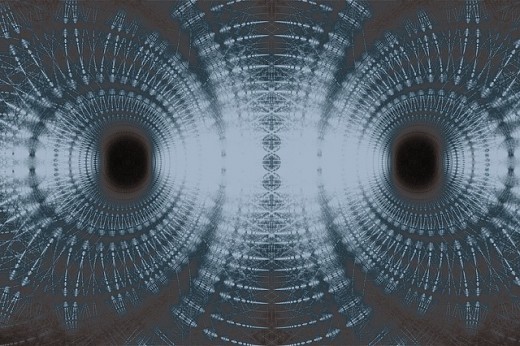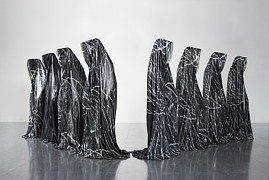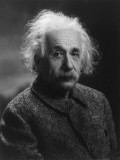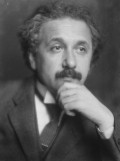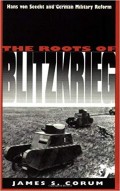Einstein's Dreams - 30 Characters Of Time
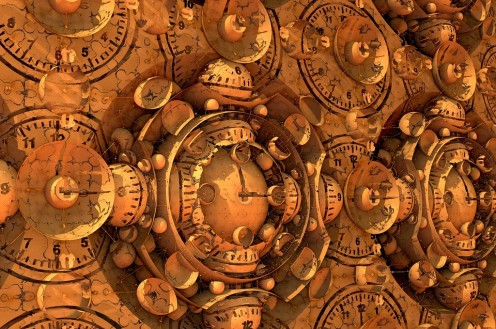
What Did Einstein Dream?
Einstein's Dreams
By Alan Lightman, 1992; Adjunct Professor of Humanities, Creative Writing & Physics at MIT [Massacusetts Institute of Technology].
Human beings may be the only members of the animal kingdom that have been proved to recognize the concept of time and, further, to imagine the multiple levels of space and time that might exist.
Researchers find that animals can dream and that elephants can cry - but do any of these animals consider time?
Time is odd. The passing of time is odder. It reminds me of riding in a car at age seven and asking, upon seeing a county line marker sign, how one could pass from one county to another when the scenery looked the same and no dividing line was drawn across the highway and the fields.
How can one be in one county one second and a foreign county the next? This seemed to anger the adults, one of whom shouted, "You just are!" Perhaps that is the way of time.

The Tesseract
Since that time, I have been happy to read about time and space and receive a lot of answers to my childhood question, as have others who are interested in Einstein's writings..
This has included the novel Flatland (Edward A. Abbot, 2nd Ed. 1884), which opened the possibilities of dimensions that we may not see until we fall into them or bang our heads on them. Flatland, Sphereland, then what?
The Tesseract (Robert Heinlein, in "And He Built A Crooked House", 1940). In this piece of real estate, a person could enter a door and come out a window in a different year and environment, with stiff difficulties found in returning home.
A Tesseract in Motion
Heinlein's Tesseract Free Online
Read the entire short story, "And He Built A Crooked House" online at Sci-Fi Classics/Heinlein
If you have not already done so, Please also read the Heinlein Classic, The Moon Is a Harsh Mistress, a libertarian kind of futurist novel from which we derive the modern proverb, There's No Such Thing As A Free Lunch (TNSTAAFL).
Resources
Dreams on the Other Side of the Black Hole
Drs. Leonard Susskind and Stephen Hawking maintained an interesting running professional argument for over 20 years on the subject of whether information (a thing of any sort or size) maintains existence after passing into a Black Hole.
By 2008, Dr. Hawking had made a small concession that perhaps information did not completely cease to exist on the other side. By 2015, he was rethinking black hole theory.
Dr. Susskind has written interestingly about his views on the subject throughout his career and most recently in The Black Hole Wars, Making the Universe Safe for Quantum Mechanics, in which he describes his argument with Hawking as well as the personalities among formerly stereotyped dull and boring physicists, along with many other matters. Marvelous diagrams are included.
Dr. Susskind has been a proponent of String Theory, formed after Albert Einstein's "regular" and Special Theories of Relativity. All of this and related theorizing has presented human beings with potential for thoughts about time and space in many dimensions, along with the beginning and the ending of Time, and whether time even exists, among other notions.
Along with the Big Bang Theory of beginnings (disputed in 2015, but maintaining its hold), we have (among others) a Big Implosion Theory of endings. This postulates that the Universe will reach a threshold of expansion at which point it will suddenly and quickly telescope back into or onto itself - perhaps even compacting down to a black hole, according to some minds.
The author of Einstein's Dreams makes a presentation of some subconscious work that might have been developing in Einstein's brain as he originally considered time and space. Better than singular science, the story offers artistic possibilities as adjunct material for thought.
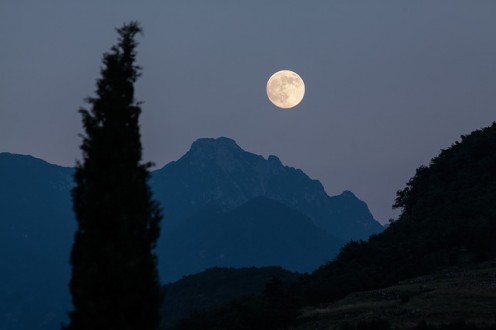
Bowing to the Mountain
Alan Lightman is accomplished in two different fields - Physics and Creative Writing, able to combine them with panache and aplomb. He has written about Albert Einstein at the time he was a young patent clerk, pursuing mathematics and science on his own.
In Einstein's Dreams, young Albert is rather tormented by dreams about the time he is investigating the concept of time and explanation for the phenomenon. In these dreams, time takes on several personas - 30, to be exact. That makes one for each night of a month of 30 days and is thus, probably symbolic.
Interestingly, the story has been translated into 30 languages. It has also been produced as a play - one I think I'd like to see.
The 30 dreams occur from April 14 - June 28, 1905, one every 2-3 days on average and each dream presents an entirely different world for time to inhabit. The story itself begins at 6:10 AM on a June day in 1905 at Albert's place of employment. It ends a few hours later at 8:00 AM, when the patent office typist, who has been helping Albert type his paper on relativity (Special) in order to present it formally, arrives.
An O. Henry Moment
The dreams comprise 30 different universes.
My favorite is Number 5, in which people find that they can slow down time and the aging process by living farther away from the center of the earth. They move to mountains. "Everyone" lives on mountains.
Soon, they begin to place their houses on stilts to be even further away from the center of the earth. They become prejudiced against "flatlanders."
In the end, they age prematurely from the effects of their elevated altitude and their high-handed thinking.This is very like a typical O. Henry story message.
Time Personalities
Click thumbnail to view full-size


Personalities of Time
Others of the dreams suggest that time is a circle in which a person's life is endlessly repeated, each iteration the same as the last, unendingly. Another speaks of alternate timelines with separate dream showing that time has only three possible alternatives.
One dream shows that effect does not always follow cause, and this can be disturbing -- we try to teach children logic with an understadning of cause and effect...
Another states that time passes but nothing of any importance every occurs within it. Another favorite of mine is one in which there is no time at all. Another states that the passage of time itself makes things more orderly. Others state that time is a characteristic or a sense like the five human senses.
One particular dream shows that if one is trapped in time, one is never happy. This reminds my of the first episode of Star Trek® Deep Space Nine in which the Bajoran spirits asked Benjamin Sisco why, if he were truly in the present as he claimed, he was also back in the time (via memory) of the disaster which claimed the life of his wife.
An odd and interesting dream illustrates people that live forever and divided into the Nows and Laters. The remainder of the dreams are interesting as well and good stimuli for the imagination.

Energy and Dreams of Time
Einstein's Dreams was produced by BurningCoal.Org in its 2006-2007 season, play written by Kipp Cheng and adapted from the work of Alan Lightman; directed by Rebecca Holderness.
The organization operates in the Meymandi Theatre in Raleigh, NC and the Rehearsal Warehouse. Its mission includes affecting societal change through moving, striking types of presentations that generate heat and energy (like a burning coal on one's head). A non-profit 501(c)(3) entity, they have also produced Hamlet, Inherit the Wind, The New War, Juno and the Paycock,and several others.
Michele Besso
Albert Einstein enjoyed a friendship with Besso, who was a Swiss/Jewish engineer he knew during his university years and at the patent office in Berne, Switzerland. The friendship and interaction enters Einstein's Dreamsin the book to create three dividing interludes between series of dreams. In life, Besso discussed mathematics, physics, and Einstein's theories with Albert, likely helping to materialize the eventual Special Theory of Relativity.



